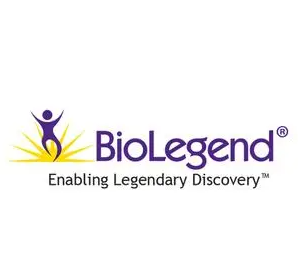上海细胞库
人源细胞系| 稳转细胞系| 基因敲除株| 基因点突变细胞株| 基因过表达细胞株| 重组细胞系| 猪的细胞系| 马细胞系| 兔的细胞系| 犬的细胞系| 山羊的细胞系| 鱼的细胞系| 猴的细胞系| 仓鼠的细胞系| 狗的细胞系| 牛的细胞| 大鼠细胞系| 小鼠细胞系| 其他细胞系|

| 规格 | 价格 | 库存 |
|---|---|---|
| 50µg | ¥ 2568 | 1 |
FC - Quality tested
Each lot of this antibody is quality control tested by immunofluorescent staining with flow cytometric analysis. For flow cytometric staining, the suggested use of this reagent is ≤0.25 ?g per million cells in 100 ?l volume. It is recommended that the reagent be titrated for optimal performance for each application.
Anti-mouse TLR4 clones SA15-21 and MTS510 recognize distinct epitopes and don’t cross block each other.8 Clone MTS510 binds to an epitope of TLR4/MD-2 that is lost after LPS stimulation.8 In addition to flow cytometric uses, the MTS510 antibody has also been used for immunoprecipitation, immunofluorescence, and blocking of LPS-induced stimulation. The LEAF? purified antibody (Endotoxin <0.1 EU/?g, Azide-Free, 0.2 ?m filtered) is recommended for functional assays (Cat. No. 117607). For highly sensitive assays, we recommend Ultra-LEAF? purified antibody (Cat. No. 117612) with a lower endotoxin limit than standard LEAF? purified antibodies (Endotoxin <0.01 EU/?g).
Monocytes, B cells and T cells
1. Frleta D, et al. 2003. J. Leukocyte Biol. 74:1064.